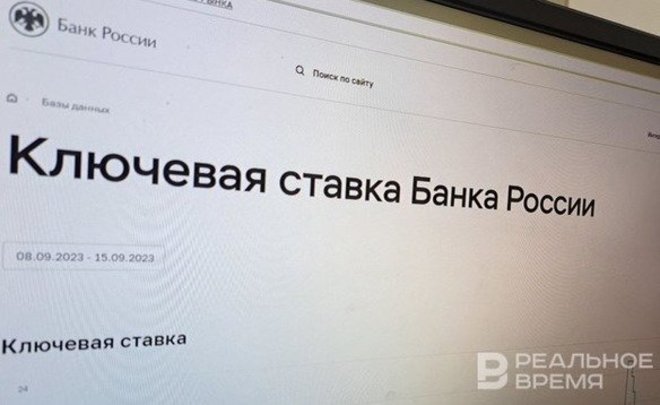Why the Bank of Russia is to raise key rate this week

The Central Bank about to set a record
The Central Bank is likely to raise the key rate at the next meeting scheduled for 15 December to support the weakening ruble. This is going to be the fifth change of this parameter in 2023 that hasn’t yet ended. At the same time, the experts surveyed by Realnoe Vremya consider that it can grow from 50 to 200 basis points.

The expert doesn’t exclude an interim option — to raise the key rate slower, for instance, by 50 b.p.
“Central banks try to reduce the change margin when the rate approaches the possible peak to be able to carefully evaluate consequences of previous rises. There are more dramatic key rate rise forecasts in the market than 16%. However, it turns out they are justified if the current inflation rate exceeded September high given the season or financial stability threats the Bank of Russia doesn’t see now required additional tightness. Also, data on inflation in November and the next block of weekly inflation can influence the regulator’s decision,” Belenkaya added.
Head of the Department of the Bank and Monetary Bank Analysis of VELES Capital Yury Kravchenko also thinks that “the weakening in the last few days is just increasing the possibility of a new tightening monetary policy.”

Stock market expert of BCS World of Investments Valeria Yemelyanova thinks that the imbalance between currency demand and supply has become chronic in the last year.

“I wouldn’t consider 95 rubles yet. It is a complete and somewhat psychologically important bar. If the dollar tries to get closer to it, currency sellers can put effort to take the rate as low as possible,” Yemelyanov thinks.
Currency swings
Late last week President and Board Chairman of VTB Andrey Kostin claimed he didn’t see reasons for the Russian national currency to seriously strengthen or weaken.
“It seems to me the rate weakened after these measures (Editor’s note: the order on mandatory sale of revenue in a currency) worked, and then it started to gradually decline. But I think it will be above 100 rubles again until the end of the year, to be honest. It will be about 90 or above 90 rubles,” thinks Kostin.
The USD/RUB rate was 92.21 rubles on Monday, 11 December, after the start of the session at Moscow Exchange. The Russian national currency managed to keep 80 kopeks compared to the level on Friday evening, 8 December. As of 10.30 Moscow time, the dollar gained 32 kopeks.
It should be reminded, the American currency went below 88 rubles for the first time since 30 June. However, the following day, the trend for a stronger ruble ended. On 6 December, the dollar surpassed the bar of 93 rubles reaching 93.005 at a moment.